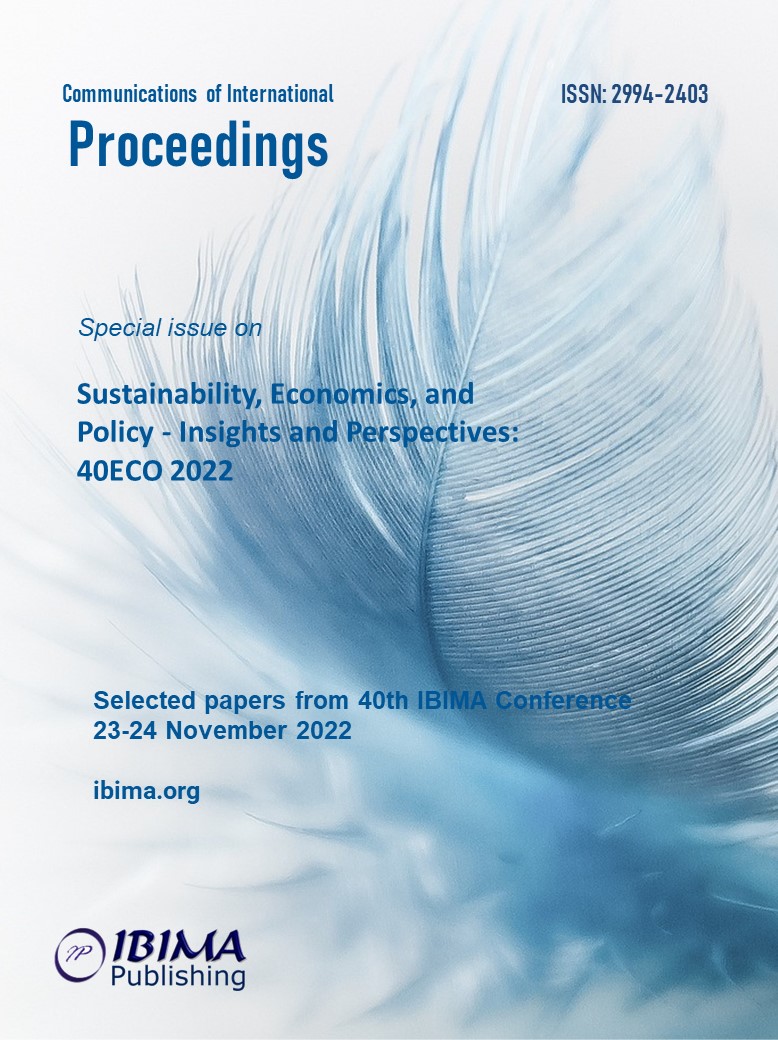
Sebastian BOBOWSKI
Wroclaw University of Economics and Business, Faculty of Economics and Finance, Wroclaw, Poland

East Asia, limited in this paper to the fifteen countries that make up the Regional Comprehensive Economic Partnership’s (RCEP) – mega-regional trade framework – includes the ten Member States of the Association of Southeast Asian Nations (ASEAN), China, Japan, the Republic of Korea, Australia and New Zealand. The RCEP is an attempt to consolidate numerous bilateral free trade agreements concluded since the 2000s. Moreover, some RCEP Member States contribute to another mega-regional trade structure, i.e., the Comprehensive and Progressive Agreement for Trans-Pacific Partnership (CPTPP), which includes, in addition to four ASEAN countries, Japan, Australia, New Zealand, Chile, Peru, Canada, and Mexico.
The aim of this article is to characterize the evolution of trade regionalism in East Asia, outlining the theoretical and institutional context of bilateralism and mega-regionalism through the years.
An added value of the paper is to capture the current picture of trade regionalism in East Asia, with reference to updated data and the most distinguished authors in the theoretical part.
As indicated, as a result of progressing mega-regionalism in trade in the second decade of the 21st century, including CPTPP and RCEP, there is the potential to consolidate dozens of bilateral and plurilateral free trade agreements in the East Asian region. Consequently, the problem of the ‘noodle bowl effect’ might be effectively solved.